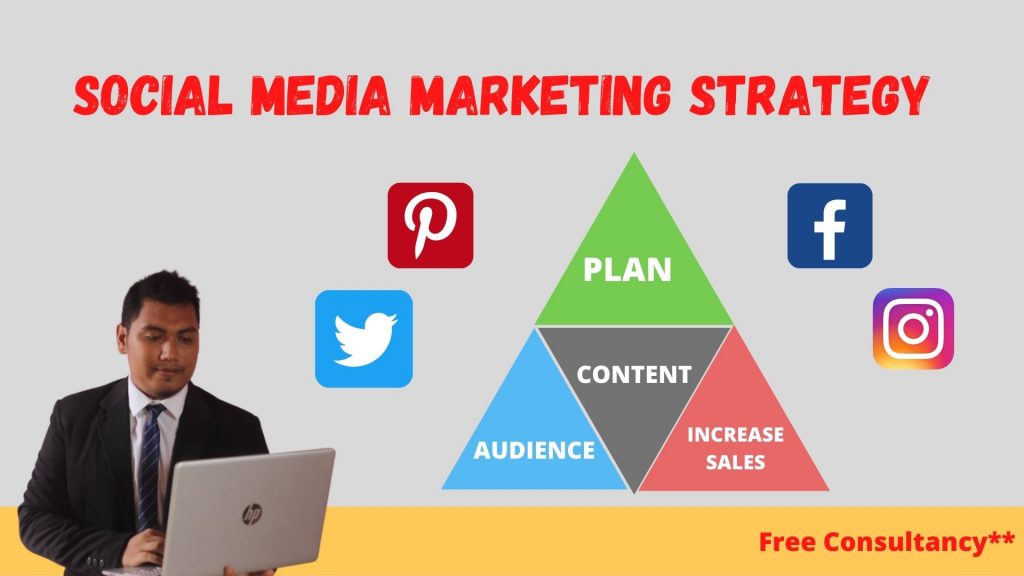For efficient social media marketing, you’ll need a strategy. While successful social media use can provide amazing outcomes, people who do not follow a few simple principles risk losing their time. In this post, we will share with you some steps to successfully implement social media strategy.
Steps To Successfully Implement Social Media Strategy

Time spent connecting with your audience should be included in your social media content schedule. If you want to understand how to design an effective social media schedule, you could find a good topic to read.
The dates and hours for the various sorts of content you’ll publish on each channel are listed on a social media content calendar. Anything from images and links to blog articles and social network videos can be kept there. It contains daily blog postings as well as social media promotion resources.
Your schedule would also ensure that your posts are constantly delivered and published at the most convenient times.
Set your objectives
You may utilize social media to help you achieve a variety of business goals. However, the strongest social media strategies are those that concentrate (at least initially) on a more specific reason for using social media. What are your primary goals for using social media? Are you aware of the situation? What about sales? What is the difference between loyalty and retention? Choose one.
Listen to your audience and competitors
Although it’s an old social media strategy cliche, “listen” is still sound advice that’s often overlooked. If you widen your social listening outside your brand name, your customers and competitors will provide you with an excellent pointer to where and how you should be engaged in social media.
Analyzing how and where your audience organically engages in digital interactions can save you a lot of time and frustration. Find ways to communicate with consumers who are already talking about your brand rather of starting from scratch.
Identify your audience

Decide who you’ll communicate with on social media now that you’ve listened to your audience. This is one of the steps to successfully implement social media strategy.
Constructing audience personas, which include their online behavior, values, and issues, will aid you in determining not just how to communicate with your audiences, but also where to do so. On some channels, certain demographics and habits are more easily activated than on others.
Create a channel plan
Only until you’ve figured out why you’re on social media in the first place, and how you’ll measure the success of your social media strategy, should you focus on the “how” of Facebook, Twitter, Instagram, and the rest.
Your channel plan should include information about the audience you want to reach, your content strategy and editorial calendar, any resources you’ll need, and how you’ll measure the performance of each platform. This channel strategy should be distinct in that you should have a compelling purpose to participate in each.
Work on your content

It’s time to start working on the content. You’ll generally want to keep the larger picture in mind when generating individual postings for an organized campaign. As a result, you might want to start by expanding on your key topic. After that, you can make a “bucket of ideas” from which you can get ideas for certain blog entries.
Consider the journey of your potential consumer from awareness through conversion. You’ll be able to choose a format after you’ve finished writing your articles. On social media, where attention spans are short and distractions abound, visuals are especially captivating. If you’re not sure what kind of content to employ, consult your target audience.
Always remember that the content you create should benefit the audience, whether it’s through education or amusement. Only then will they begin to share, link to, and praise your efforts, indicating that your social media plan has been successful.
Evaluate your strategy and make any necessary adjustments
Your social media strategy is crucial to the success of your company, and you can’t afford to make a mistake the first time around. However, as you start to put your approach into action and track its results, you’ll realize that some ways perform far worse than planned, while others perform dramatically better.





